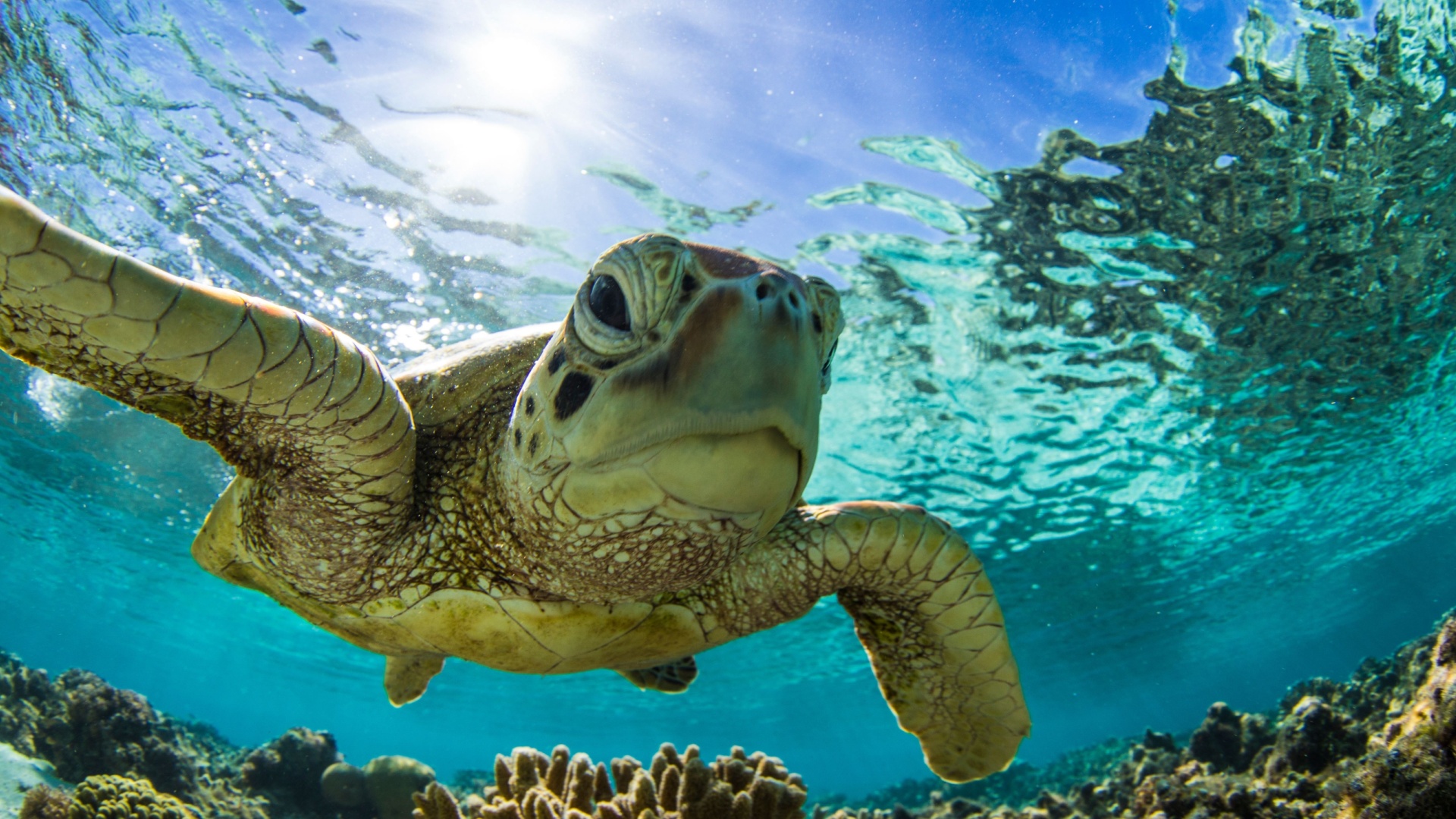The human lifespan, though remarkable, pales in comparison to some of the incredible longevity found in the animal kingdom.
From ancient tortoises to deep-sea creatures that have outlived generations, these animals defy the aging process in fascinating ways. Their impressive lifespans not only spark wonder but also offer valuable insights into biology and the secrets of longevity.
Join us as we explore the lives of these extraordinary beings that far surpass human lifetimes.
1. Bowhead Whale
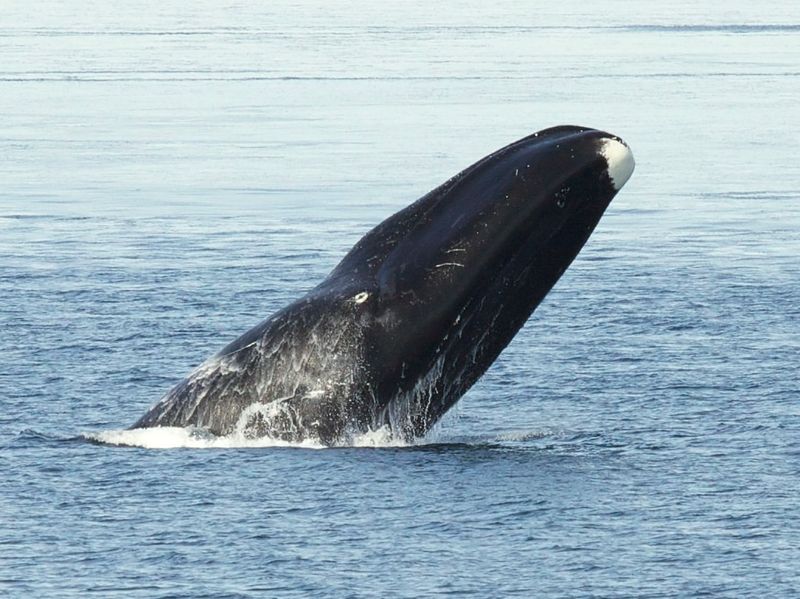
Among the giants of the ocean, the Bowhead Whale stands out not just for its immense size but for its remarkable lifespan. Known to live for over two centuries, these whales inhabit the icy waters of the Arctic. Their longevity is attributed to their slow metabolism and genetic adaptations, allowing them to thrive in frigid environments.
Bowhead Whales grow slowly, maturing over several decades, which contributes to their extended lifespans. These magnificent creatures have robust bodies that can break through ice, a necessity for breathing in their frozen habitat. Their diet consists mainly of small crustaceans, which they filter using their massive baleen plates.
Conservation efforts are crucial to protect these long-lived giants from threats like climate change and hunting.
2. Galápagos Tortoise
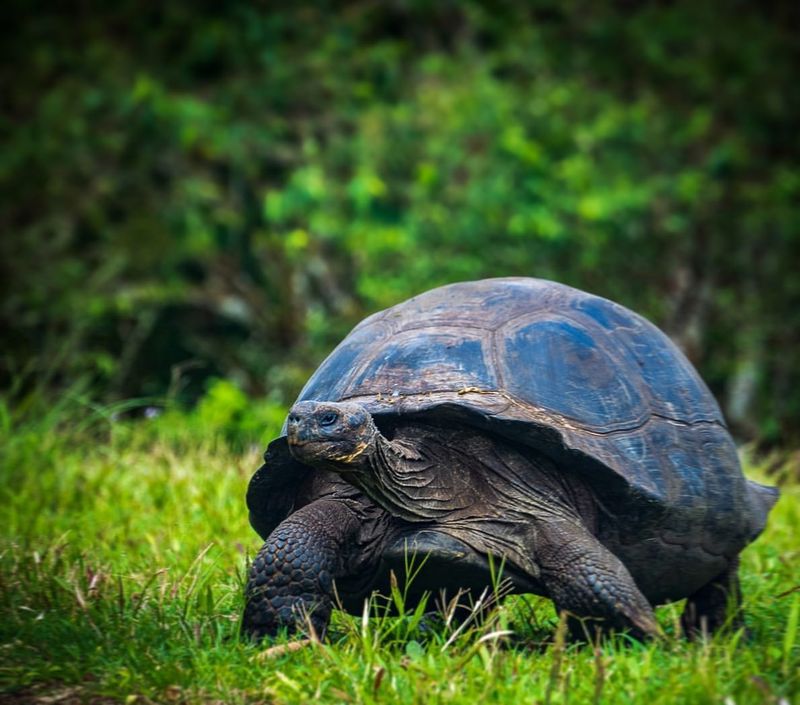
The Galápagos Tortoise is synonymous with longevity, often living over 150 years. Native to the Galápagos Islands, these tortoises have become iconic symbols of long life.
Their slow-paced lifestyle and herbivorous diet contribute to their extended lifespan. With few natural predators, they have evolved to grow large and live long. These tortoises play a vital role in their ecosystem, helping to disperse seeds and maintain the island’s delicate balance.
Conservation programs have been pivotal in ensuring their survival, as human activities and introduced species pose significant threats.
3. Greenland Shark
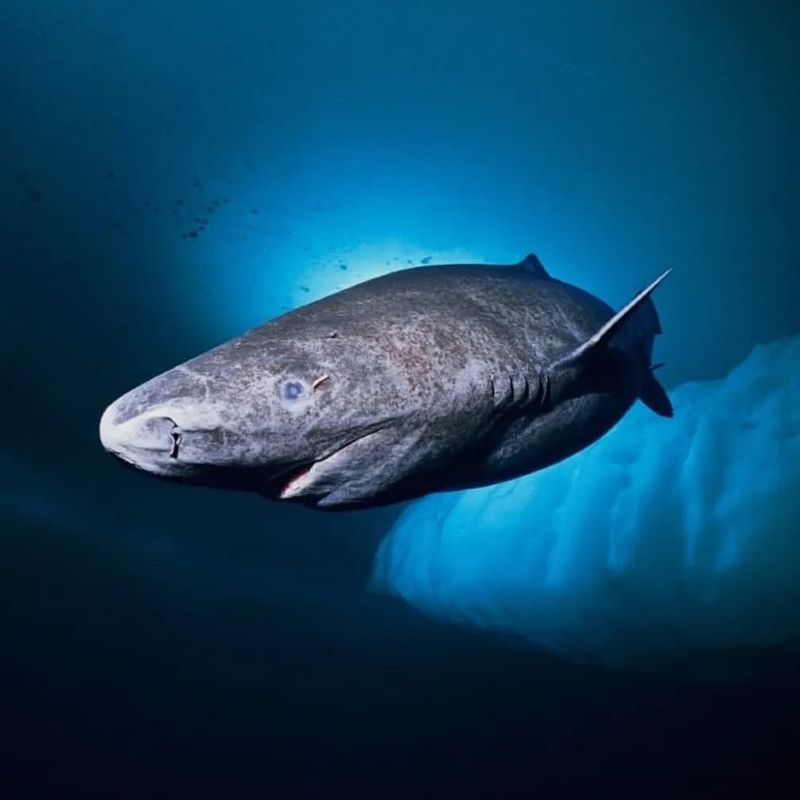
Deep in the chilling depths of the North Atlantic resides the enigmatic Greenland Shark, a creature of astounding longevity. These sharks can live for over 400 years, making them one of the longest-living vertebrates known.
Their slow growth rate and frigid habitat are key factors in their extended lifespan. Greenland Sharks mature very late, at around 150 years of age, which further emphasizes their unique life history.
Despite their long existence, much about their life remains shrouded in mystery. Their diet is diverse, feeding on fish and marine mammals, often scavenging in the deep.
4. Aldabra Giant Tortoise
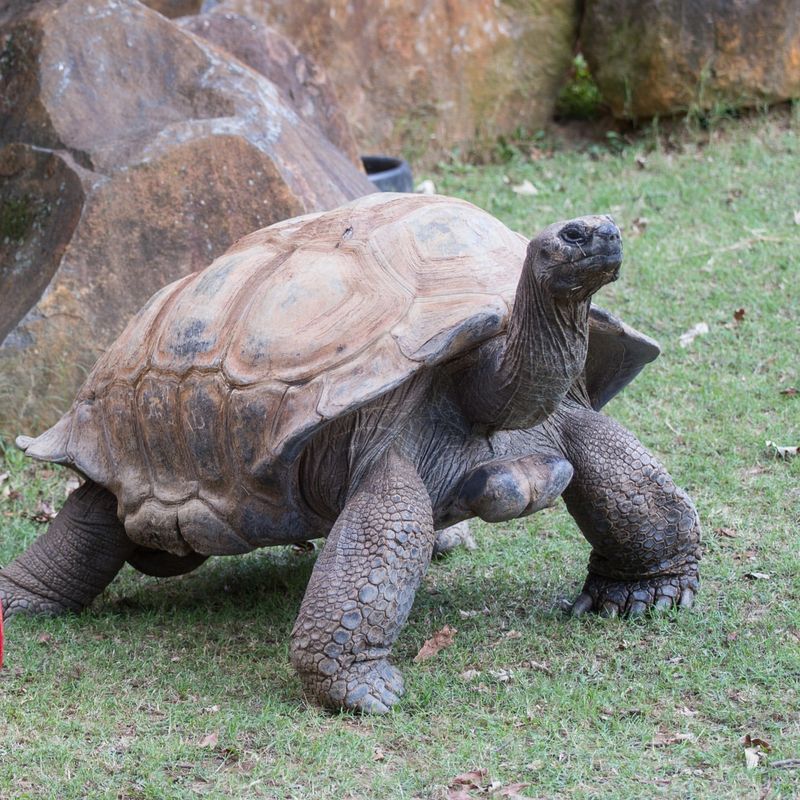
The Aldabra Giant Tortoise, native to the Seychelles, is another testament to nature’s capacity for longevity. These gentle giants often live well over 100 years, with some reported to reach 150.
Their resilience is partly due to their isolated habitat, which has shielded them from many predators.
Their diet, rich in vegetation, provides the necessary nutrients to sustain long lives. Playing a crucial ecological role, they help shape the vegetation of their island homes.
5. Rougheye Rockfish
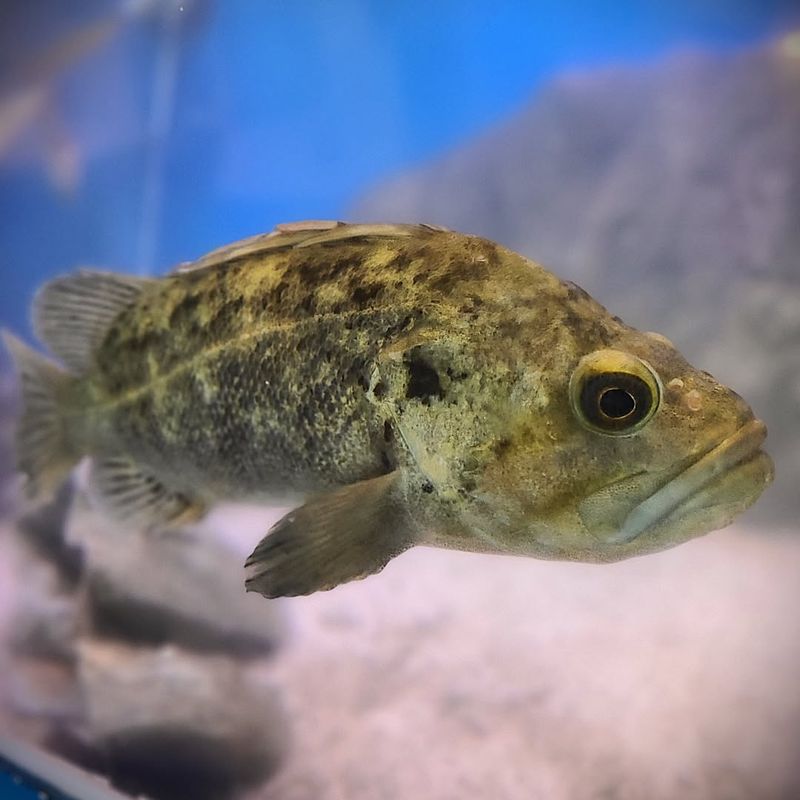
The Rougheye Rockfish, found in the deep waters of the Pacific Ocean, boasts a lifespan that can exceed 200 years. These fish are adapted to life at great depths, where pressure is intense and light is scarce.
Their long life is linked to their slow growth and late maturity, traits that allow them to survive in a stable, albeit harsh, environment. These adaptations reduce the risk of predation and extend their lifespan.
The Rougheye Rockfish is crucial to its ecosystem, acting as both predator and prey. Overfishing poses a significant threat, necessitating careful management to ensure the species’ longevity.
6. Red Sea Urchin
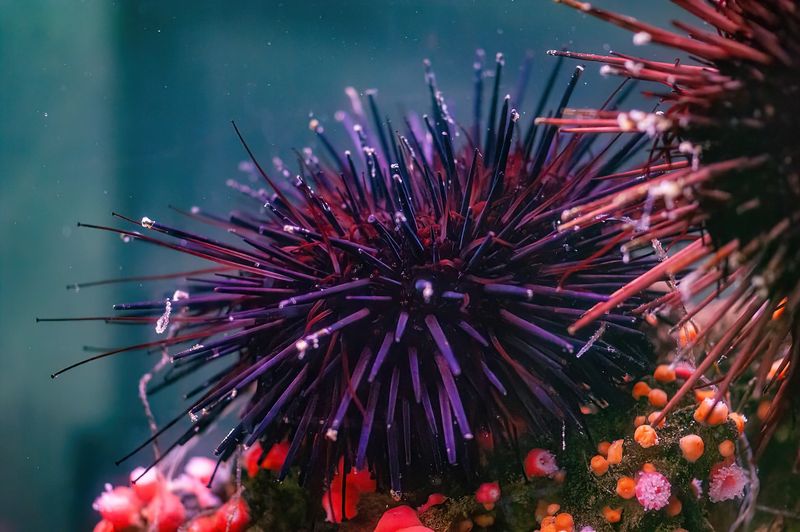
Easily overlooked, the Red Sea Urchin is a marvel of longevity. These echinoderms can live over 100 years, thriving in the waters along the Pacific coast of North America.
Their long life is supported by a slow growth rate and a low metabolic rate, which are adaptations to their stable, albeit competitive, marine environment. They feed on kelp and other algae, playing a critical role in the ocean ecosystem.
Despite their resilience, Red Sea Urchins face threats from overharvesting and environmental changes. Conservation efforts aim to manage their populations sustainably, ensuring these spiny wonders continue to thrive.
7. Tuataras
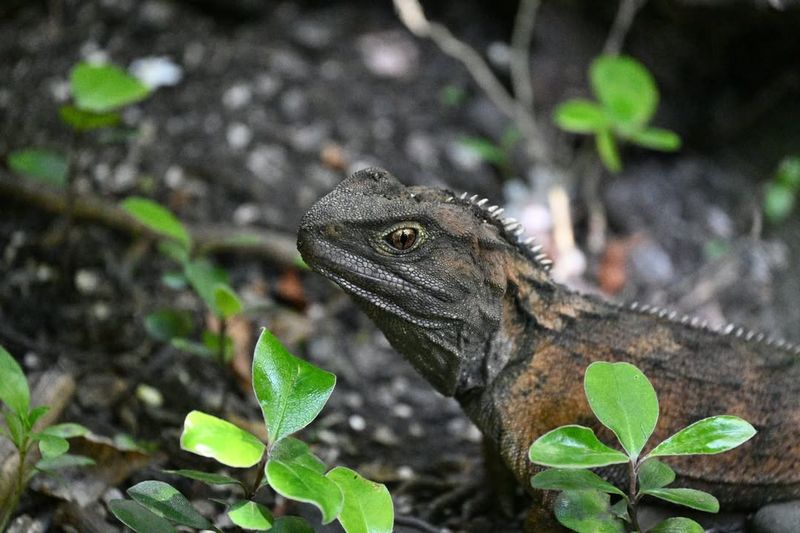
Tuataras, native to New Zealand, are often mistaken for lizards but are actually part of a distinct lineage dating back to the age of dinosaurs. These reptiles can live over 100 years, a testament to their evolutionary success.
Their longevity is aided by a slow metabolism and a life strategy that includes late maturity and low reproductive rates. Tuataras have adapted to survive in isolated environments with minimal predation. They play an important role in their native ecosystems, controlling insect populations and maintaining ecological balance.
Conservation programs have been implemented to protect these ancient creatures from habitat loss and introduced predators.
8. Koi Fish
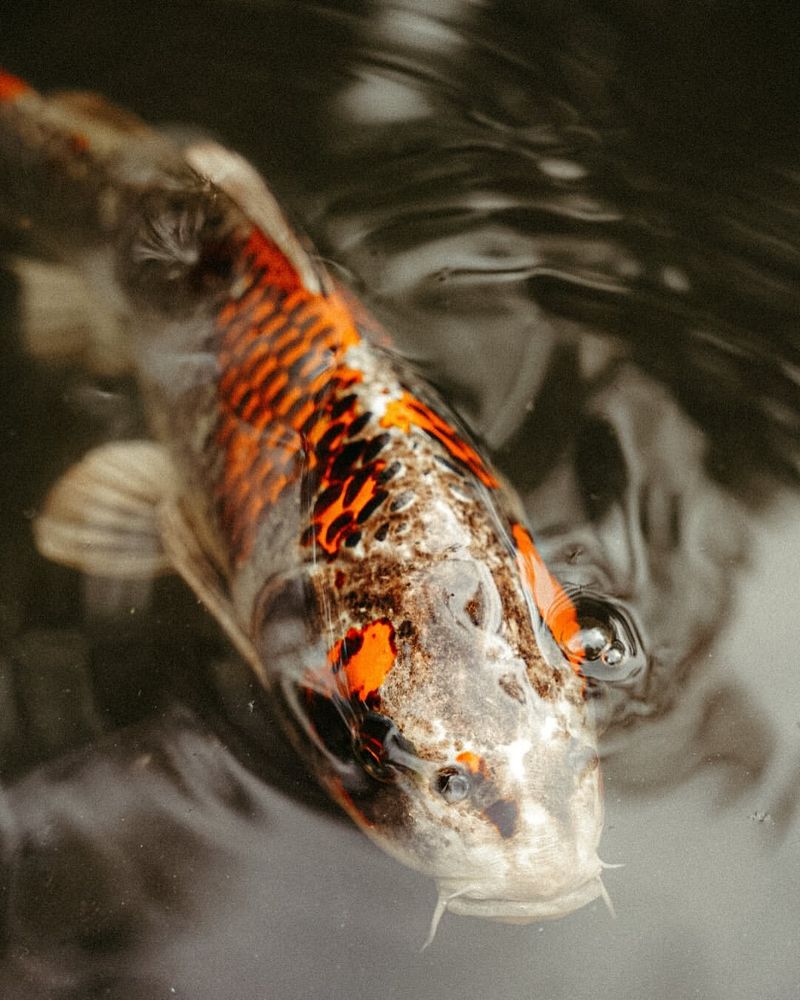
Koi Fish, known for their vibrant colors and tranquil presence, are also celebrated for their impressive lifespan. Some koi have been reported to live over 200 years under optimal conditions.
Their longevity is often a result of meticulous care in well-maintained ponds, free from pollutants and predators. Genetic factors also play a role, with some strains more predisposed to long life. Beyond their aesthetic appeal, koi are an integral part of cultural traditions, symbolizing luck and perseverance.
Proper care and habitat management are essential to ensure their continued health and longevity.
9. Macaws
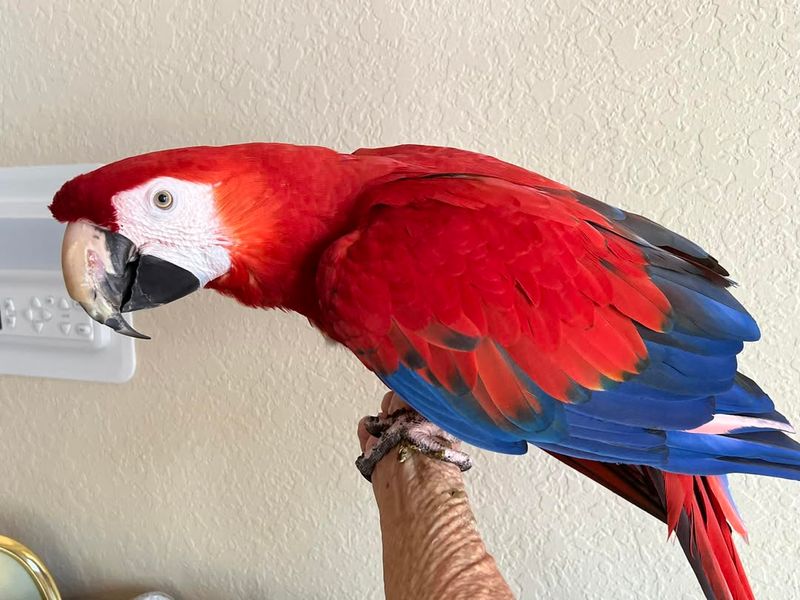
Macaws, the vibrant parrots of the rainforest, are well-known not only for their striking appearance but for their long lifespans, often reaching 60 to 80 years in the wild. Their intelligence and social nature contribute to their longevity, as they form strong pair bonds and exhibit complex behaviors.
Macaws thrive in the diverse ecosystems of the Amazon, where they play key roles in seed dispersal. However, habitat destruction and the illegal pet trade pose significant threats to their survival.
Conservation efforts focus on habitat protection and reducing human impacts to preserve these magnificent birds for future generations.
10. Elephants
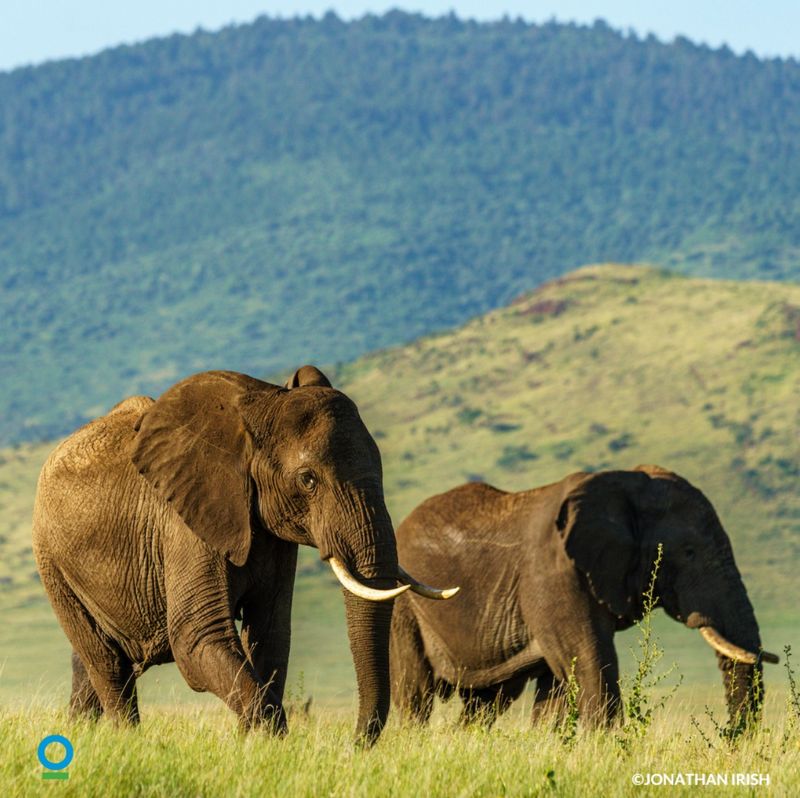
The gentle giants of the savannah are not just known for their size but also their impressive lifespans, often reaching 70 years in the wild. Their complex social structures and intelligence play a role in their longevity.
Elephants are keystone species, crucial for maintaining the ecological balance of their habitats. They help shape the landscape by uprooting trees and creating water holes, benefiting other wildlife. Despite their importance, elephants face threats from poaching and habitat loss.
Conservation initiatives are essential to protect these majestic creatures and ensure they continue to roam the wild for generations.
11. American Lobster
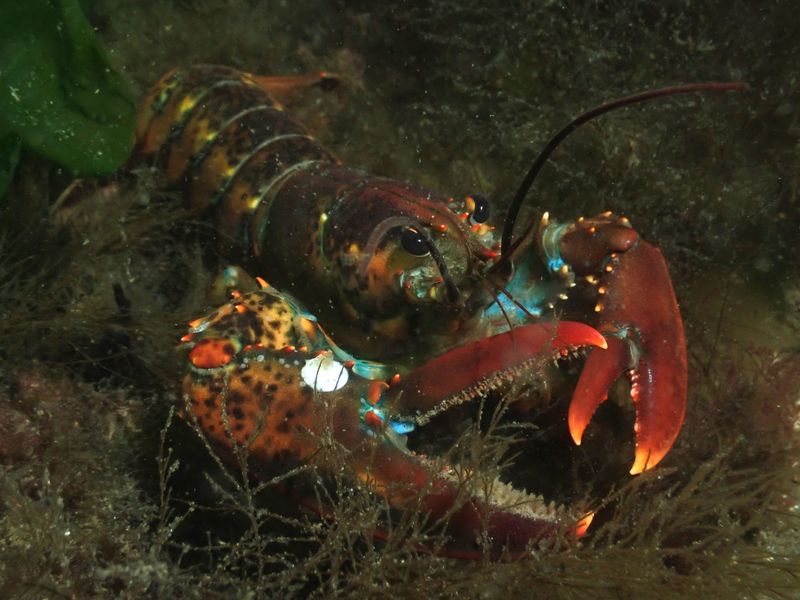
The American Lobster is not only a culinary delight but also a creature known for its impressive lifespan, often reaching over 100 years in the wild. These crustaceans inhabit the cold waters of the North Atlantic.
Their longevity is attributed to continuous growth throughout their lives, molting multiple times to accommodate their increasing size. This process allows lobsters to regenerate damaged tissue and potentially avoid aging.
Despite their resilience, American Lobsters face threats from overfishing and changes in ocean conditions. Efforts to manage lobster populations sustainably are essential to preserve this species for future generations.
12. Sea Turtle
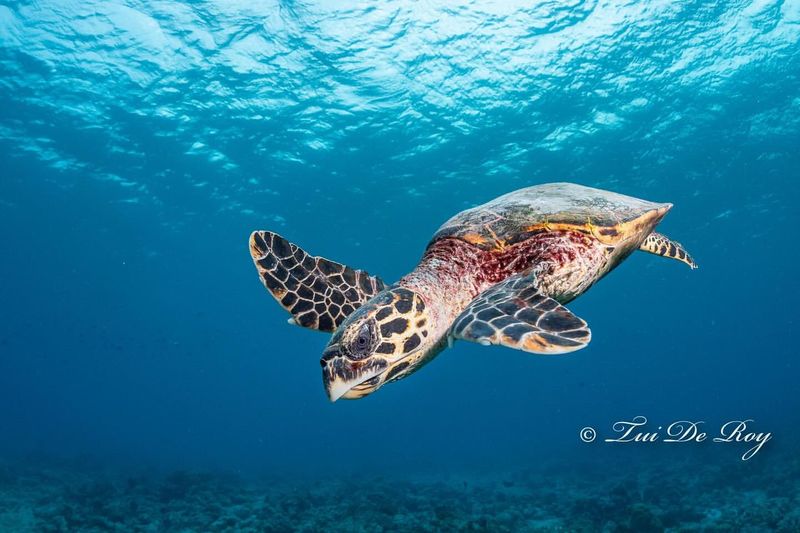
Sea Turtles, ancient mariners of the ocean, are celebrated for their long lifespans, often exceeding 100 years. These reptiles travel great distances across oceans, playing vital roles in marine ecosystems.
Their longevity is supported by a slow growth rate and delayed maturity, with some species taking decades to reach reproductive age. Sea Turtles are known for their impressive navigational abilities, returning to the same beaches where they hatched to lay eggs.
However, they face numerous threats, including habitat destruction, pollution, and climate change. Conservation programs focus on protecting nesting sites and reducing bycatch to ensure their survival.
13. Japanese Spider Crab
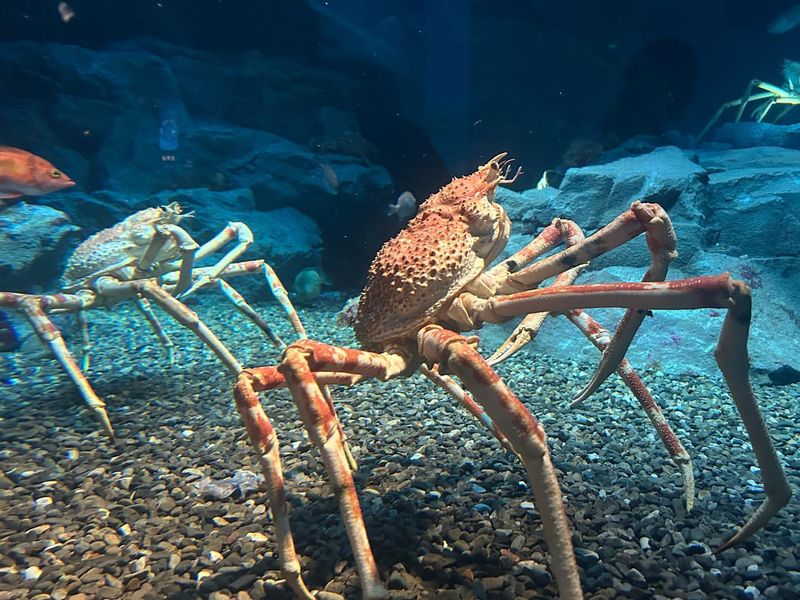
The Japanese Spider Crab, a marvel of the deep, is known for both its impressive size and longevity, living up to 100 years. Found in the waters around Japan, these crabs have the longest leg span of any arthropod.
Their extended lifespan is supported by a slow metabolism and their ability to regenerate lost limbs, which aids in survival. These crabs are scavengers, feeding on dead animals and organic matter on the ocean floor.
Despite their resilience, they face threats from overfishing and habitat degradation. It’s important to protect these fascinating creatures and maintain the balance of their marine environment.
14. Orange Roughy
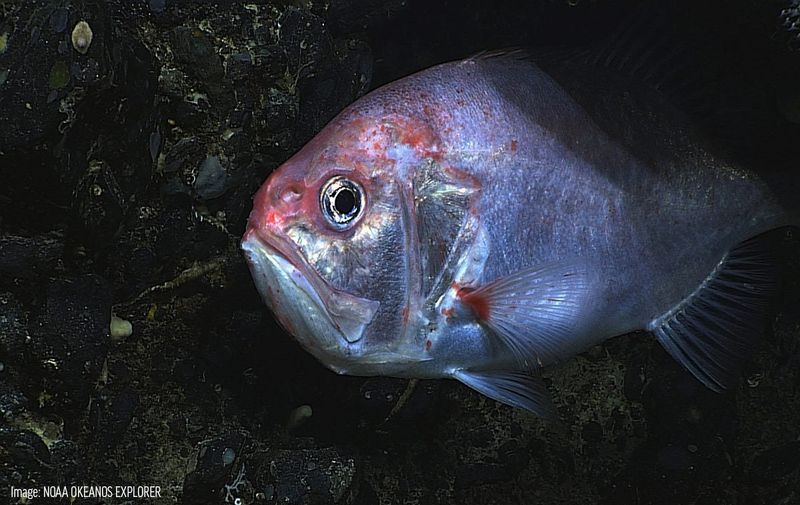
This deep-sea dweller is famed for its longevity, often living over 150 years. Their habitat in the dark, cold depths of the ocean plays a crucial role in their extended lifespan. These fish grow slowly and mature late, traits that have evolved to suit their stable, albeit harsh, environment.
The Orange Roughy has large eyes adapted for low light, aiding in hunting prey in the dark. They have become a focus of conservation due to their vulnerability to overfishing, as their slow reproduction makes population recovery difficult.
Sustainable fishing practices are essential to ensure their continued existence.

